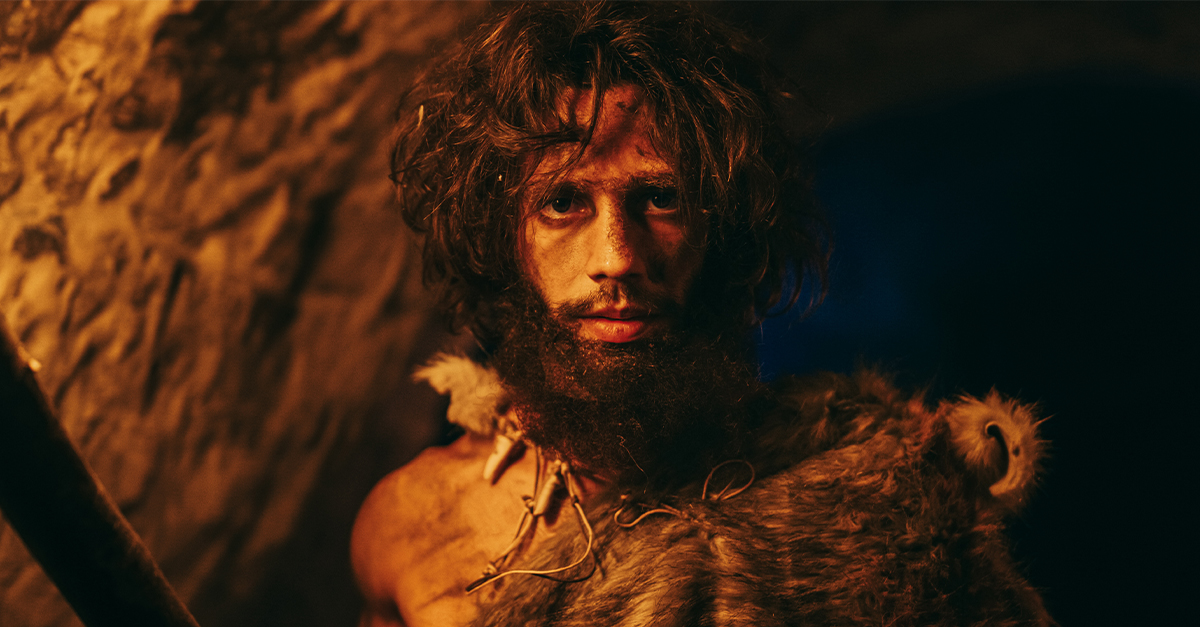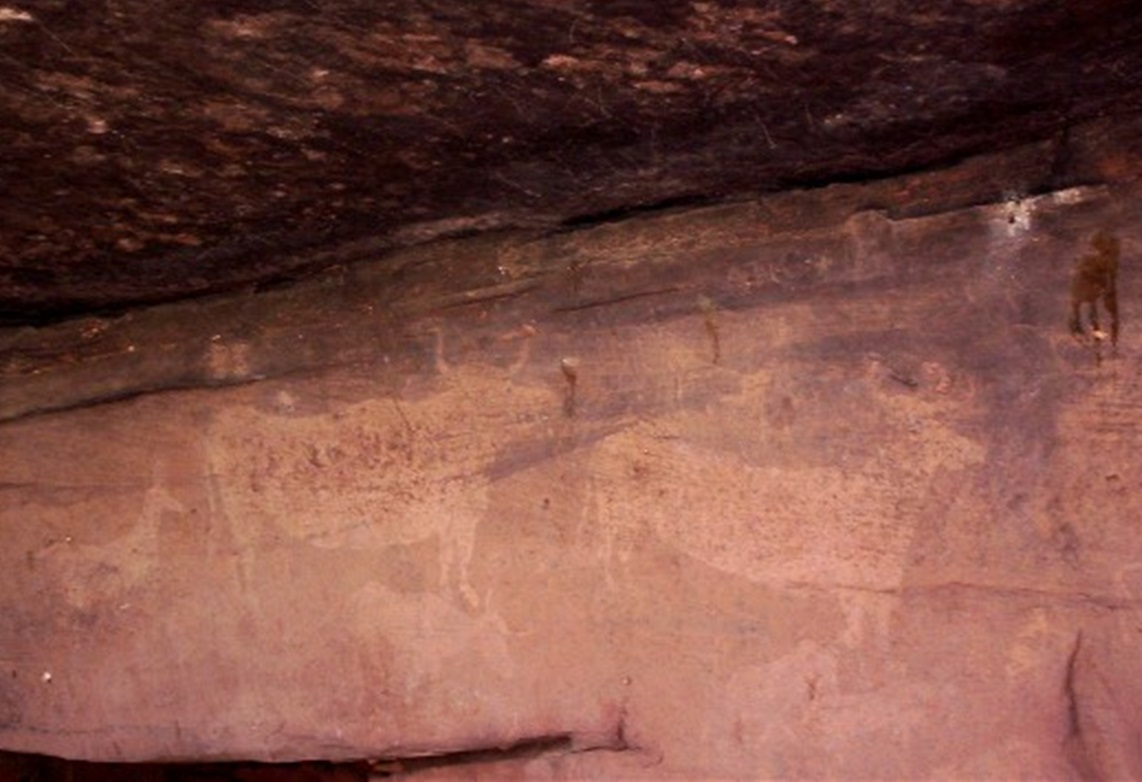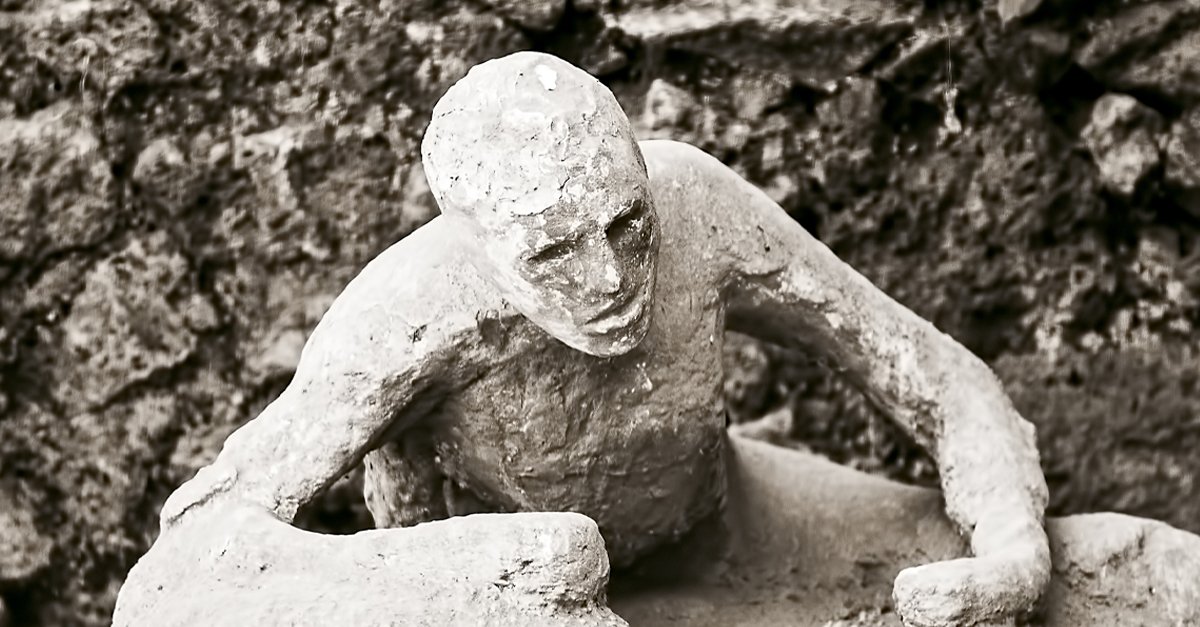How An Amateur Unveiled The Secrets Of Prehistoric Cave Art
The Ice Age is a distant yet fascinating chapter in human history, a time when survival meant a close relationship with the natural world. Cave art from this era has long captivated researchers and laypeople alike. While these paintings have been extensively studied, their accompanying symbols have remained an enigma until now.
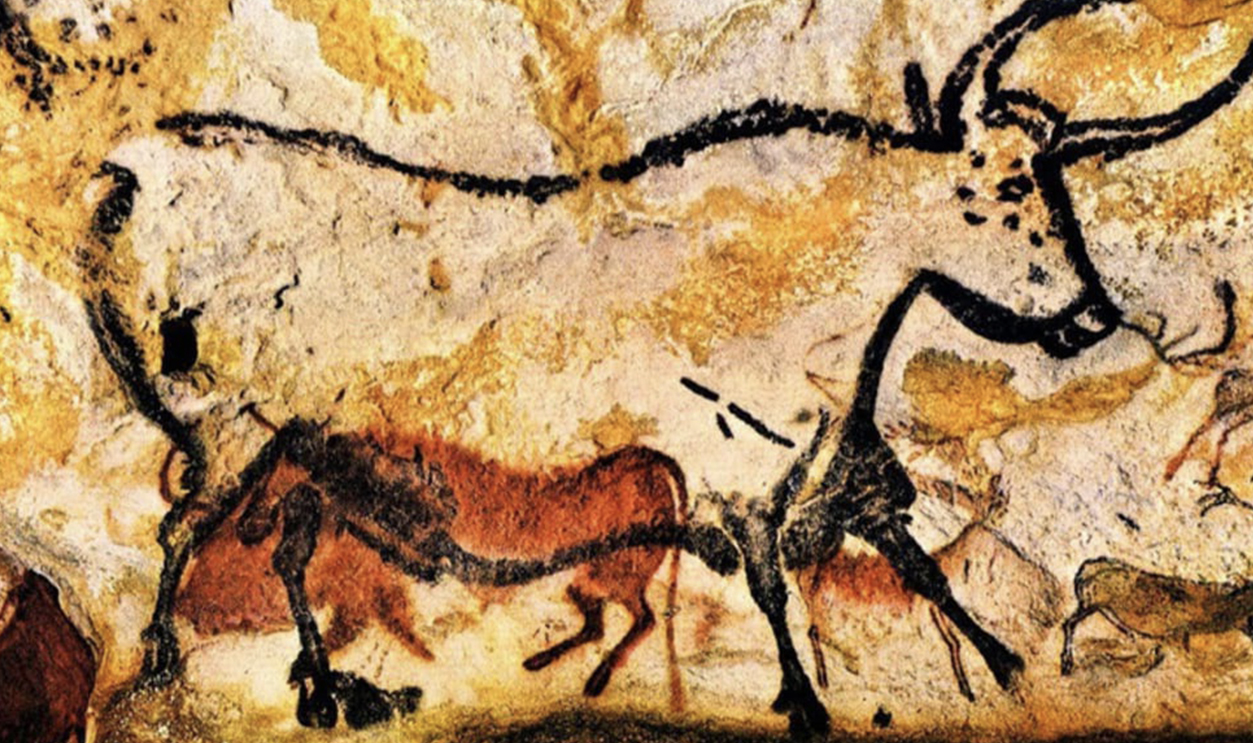
Who Is Ben Bacon?
Ben Bacon, a London-based furniture conservator and amateur archaeologist, embarked on a quest to understand these symbols. His efforts led to a groundbreaking discovery: a "proto-writing" system used by Ice Age hunter-gatherers to record and share information about the world around them. This is the story of how a determined amateur cracked the Ice Age code and revealed the brilliance of our ancient ancestors.
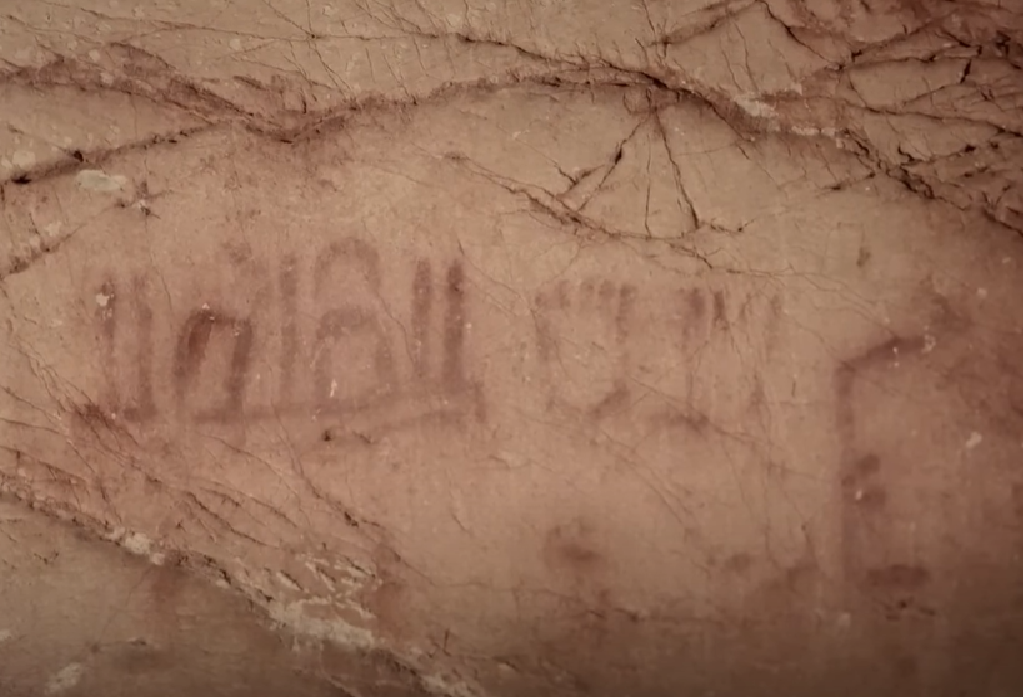 National Geographic, Inventing Graphics on Cave Walls (2018)
National Geographic, Inventing Graphics on Cave Walls (2018)
Humanity's First Masterpieces
Cave paintings are among the earliest examples of human creativity. Found across Europe, these stunning depictions of animals such as reindeer, bison, and fish date back tens of thousands of years.
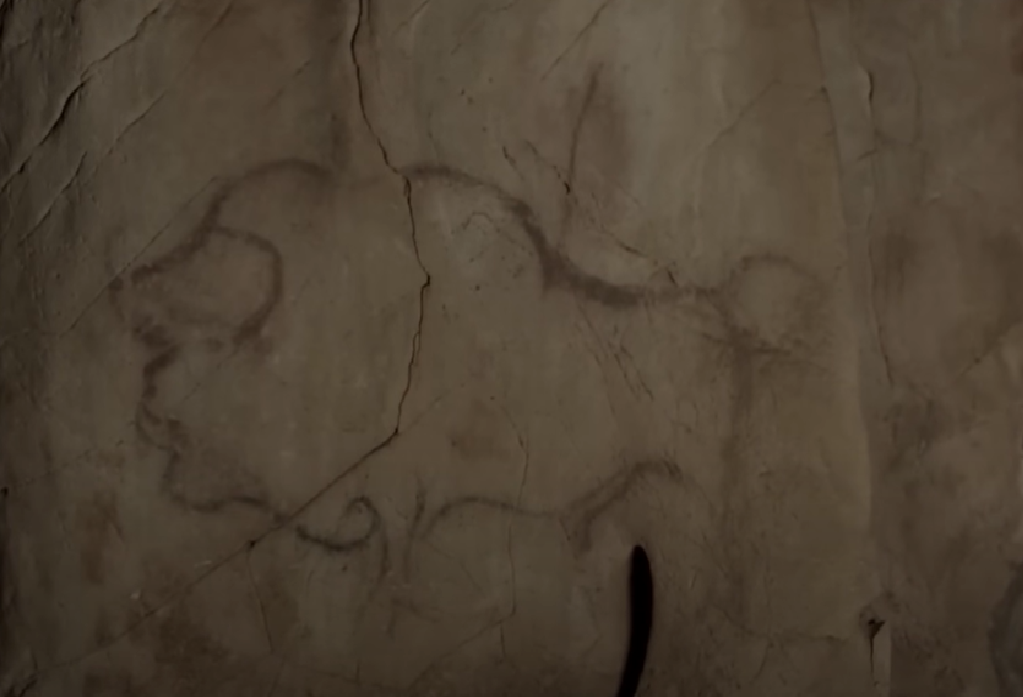 National Geographic, Inventing Graphics on Cave Walls (2018)
National Geographic, Inventing Graphics on Cave Walls (2018)
A Mystery In The Markings
While the animals in cave art have been widely studied, the symbols and markings accompanying them have long puzzled researchers. Dots, lines, and shapes appeared repeatedly, but their meaning remained unclear.
 National Geographic, Inventing Graphics on Cave Walls (2018)
National Geographic, Inventing Graphics on Cave Walls (2018)
Enter Ben Bacon
Ben Bacon wasn’t a professional archaeologist. He was a furniture conservator with an insatiable curiosity about prehistoric art. His keen eye for patterns set him on an extraordinary path.
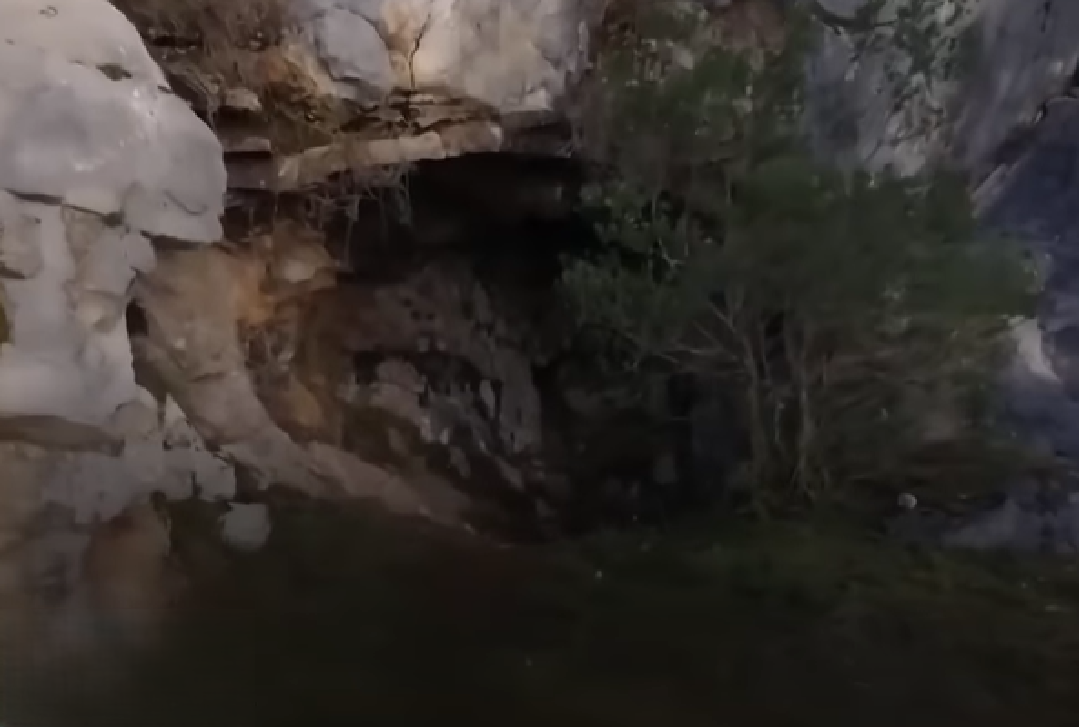 National Geographic, Inventing Graphics on Cave Walls (2018)
National Geographic, Inventing Graphics on Cave Walls (2018)
Obsessive Curiosity
Bacon spent countless hours poring over images of cave paintings, both online and at the British Library. He was struck by the recurring presence of symbols, particularly dots and a "Y" shape.
 Szilas, CC BY-SA 4.0, Wikimedia Commons
Szilas, CC BY-SA 4.0, Wikimedia Commons
The Y Symbol
The "Y" shape, in particular, intrigued Bacon. To him, it resembled the concept of birth—one line splitting into two, perhaps symbolizing new life.
 Gobierno de Cantabria, CC BY 3.0, Wikimedia Commons
Gobierno de Cantabria, CC BY 3.0, Wikimedia Commons
Inspiration From Linguistics
Bacon took inspiration from how early Greek texts were deciphered. He applied similar methods to cave art, looking for patterns and consistency in the symbols.
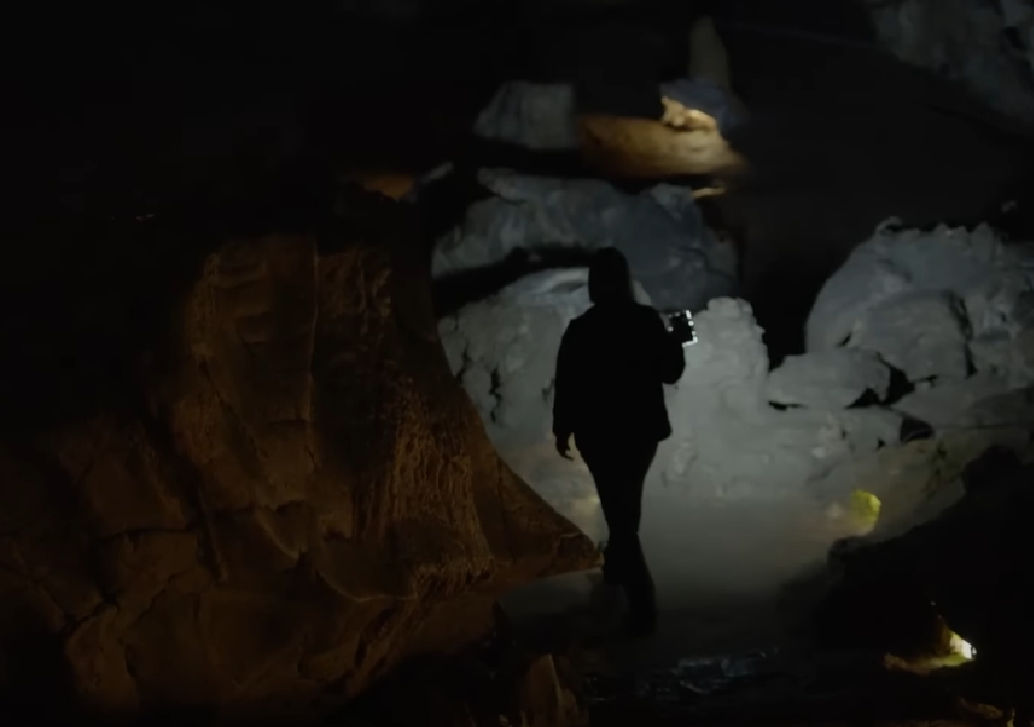 National Geographic, Inventing Graphics on Cave Walls (2018)
National Geographic, Inventing Graphics on Cave Walls (2018)
Seeking Expertise
Recognizing the potential importance of his findings, Bacon reached out to academics at Durham University and University College London. He sought their guidance to validate his theories.
 Mike David Smith, CC BY-SA 2.0 UK, Wikimedia Commons
Mike David Smith, CC BY-SA 2.0 UK, Wikimedia Commons

History's most fascinating stories and darkest secrets, delivered to your inbox daily.
Collaborative Breakthrough
Professors Paul Pettitt and Robert Kentridge of Durham University joined Bacon’s efforts. Pettitt was an archaeologist specializing in Ice Age art, while Kentridge studied the psychology behind human visual culture.
 Gaspa, CC BY 2.0, Wikimedia Commons
Gaspa, CC BY 2.0, Wikimedia Commons
A Team Of Specialists
The team also included Tony Freeth, an honorary professor at University College London, and independent researchers Azadeh Khatiri and Clive James Palmer. Together, they worked to uncover the truth behind the markings.
 National Geographic, Cave Art 101 (2018)
National Geographic, Cave Art 101 (2018)
The Role Of The British Library
Much of Bacon’s research relied on resources from the British Library. Its extensive collection of cave art imagery allowed him to gather critical data.
 PatrickD, CC BY-SA 3.0, Wikimedia Commons
PatrickD, CC BY-SA 3.0, Wikimedia Commons
Patterns in the Symbols
Bacon identified repeating patterns in the symbols. He found sequences of dots and lines appearing alongside specific animals, suggesting these markings were not random.
 Museovirasto, kuvaaja Helena Taskinen., CC BY 4.0, Wikimedia Commons
Museovirasto, kuvaaja Helena Taskinen., CC BY 4.0, Wikimedia Commons
A Systematic Approach
The researchers hypothesized that the symbols formed a systematic calendar, tracking key events in the life cycles of the animals depicted.
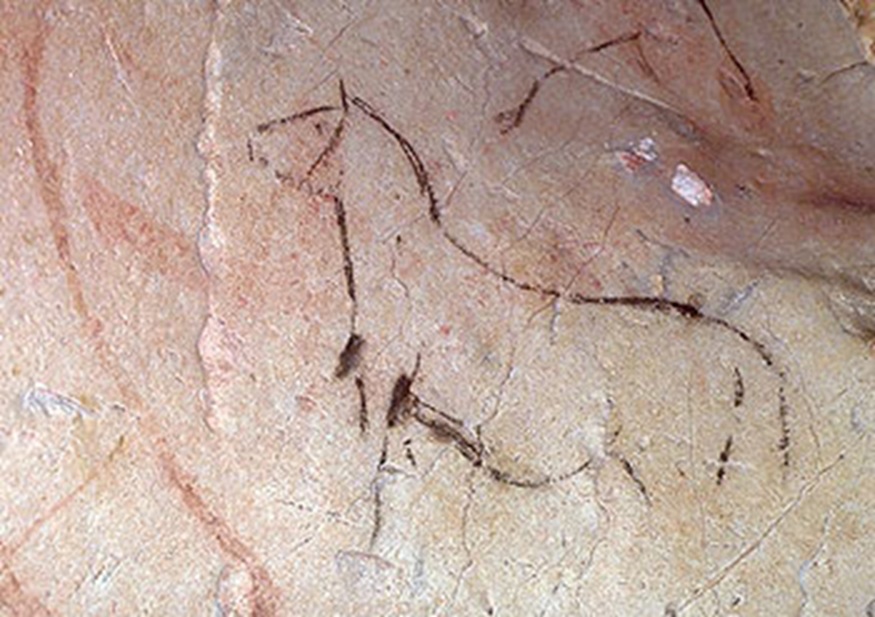 Gobierno de Cantabria, CC BY 3.0, Wikimedia Commons
Gobierno de Cantabria, CC BY 3.0, Wikimedia Commons
Decoding The Lunar Calendar
The team discovered that the sequences of dots and lines corresponded to lunar months, providing a timeline for animal behaviors like migration and reproduction.
 Gobierno de Cantabria, CC BY 3.0, Wikimedia Commons
Gobierno de Cantabria, CC BY 3.0, Wikimedia Commons
A Practical Tool For Survival
For Ice Age hunter-gatherers, this system was more than art—it was a survival tool. Tracking animal cycles gave them an edge in hunting and resource management.
 Gobierno de Cantabria, CC BY 3.0, Wikimedia Commons
Gobierno de Cantabria, CC BY 3.0, Wikimedia Commons
The Symbol For Birth
The "Y" symbol, according to the researchers, represented birth. Its placement alongside images of animals suggested it marked their reproductive cycles.
 National Geographic, Ice Age Cave Art: Unlocking the Mysteries Behind These Markings (2014)
National Geographic, Ice Age Cave Art: Unlocking the Mysteries Behind These Markings (2014)
Evidence From Modern Animals
To confirm their theory, the team compared the symbols with the life cycles of equivalent animals today. The results aligned with their interpretation of the markings.
 Gobierno de Cantabria, CC BY 3.0, Wikimedia Commons
Gobierno de Cantabria, CC BY 3.0, Wikimedia Commons
An Ancient Proto-Writing System
The study revealed that these markings were a form of "proto-writing," predating known systems by at least 10,000 years.
 Chauvet Cave, Wikimedia Commons
Chauvet Cave, Wikimedia Commons
A Calendar, Not Language
Unlike modern writing, this system wasn’t linguistic. It didn’t convey speech but rather recorded information through symbols and patterns.
 Yvon Fruneau, CC BY-SA 3.0 IGO, Wikimedia Commons
Yvon Fruneau, CC BY-SA 3.0 IGO, Wikimedia Commons
A Network Of Knowledge
The markings appear on more than 600 cave images across Europe, suggesting a shared system of knowledge among Ice Age communities.
![]() Sailko, CC BY 3.0, Wikimedia Commons
Sailko, CC BY 3.0, Wikimedia Commons
Early Mental Time Travel
The researchers described the system as evidence of "mental time travel". It showed that hunter-gatherers could recall past events and use them to predict the future.
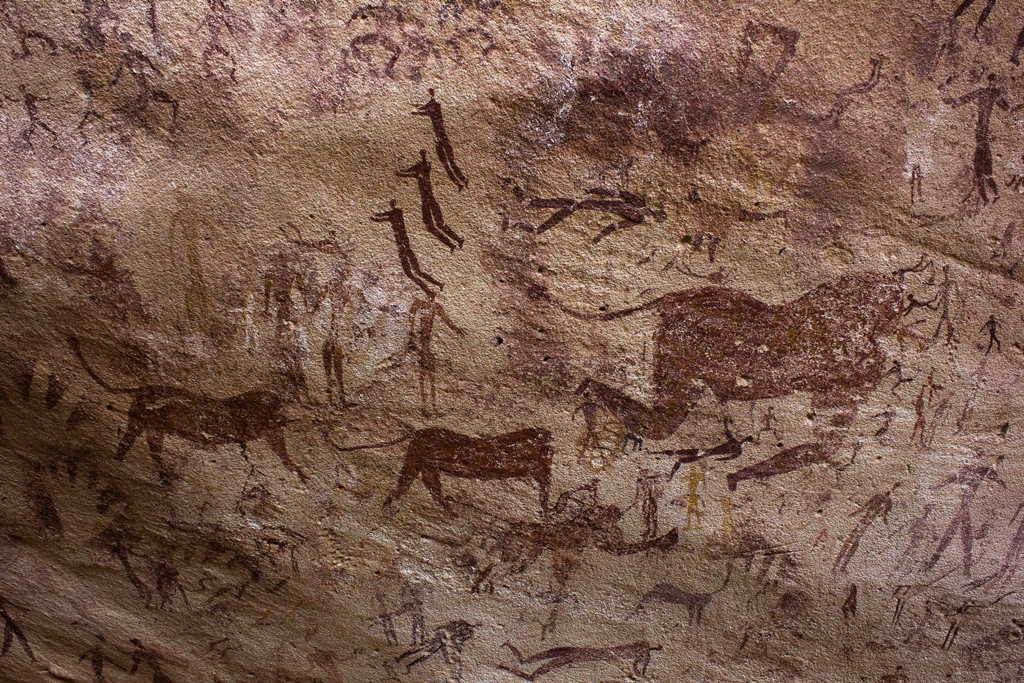 Clemens Schmillen, CC BY-SA 3.0, Wikimedia Commons
Clemens Schmillen, CC BY-SA 3.0, Wikimedia Commons
Connecting The Dots
Bacon’s findings demonstrated that Ice Age humans had a sophisticated understanding of their environment, contrary to modern assumptions about their intelligence.
 Unknown Author, CC BY-SA 3.0, Wikimedia Commons
Unknown Author, CC BY-SA 3.0, Wikimedia Commons
The Surprising Role Of An Amateur
Bacon’s journey underscores the value of curiosity and perseverance. His amateur status didn’t stop him from making a significant contribution to science.
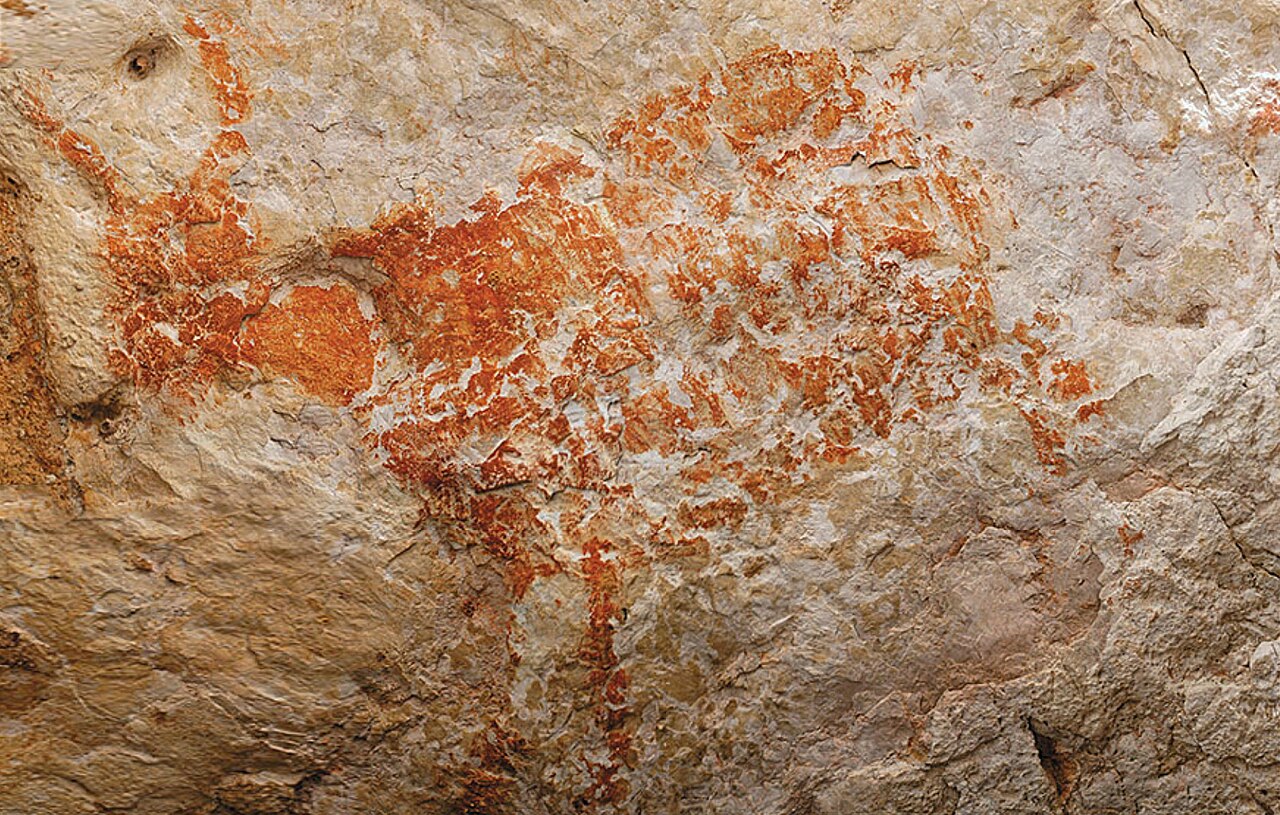 Luc-Henri Fage, Wikimedia Commons
Luc-Henri Fage, Wikimedia Commons
The Cambridge Archaeological Journal
The team’s findings were published in the prestigious Cambridge Archaeological Journal, bringing widespread attention to their work.
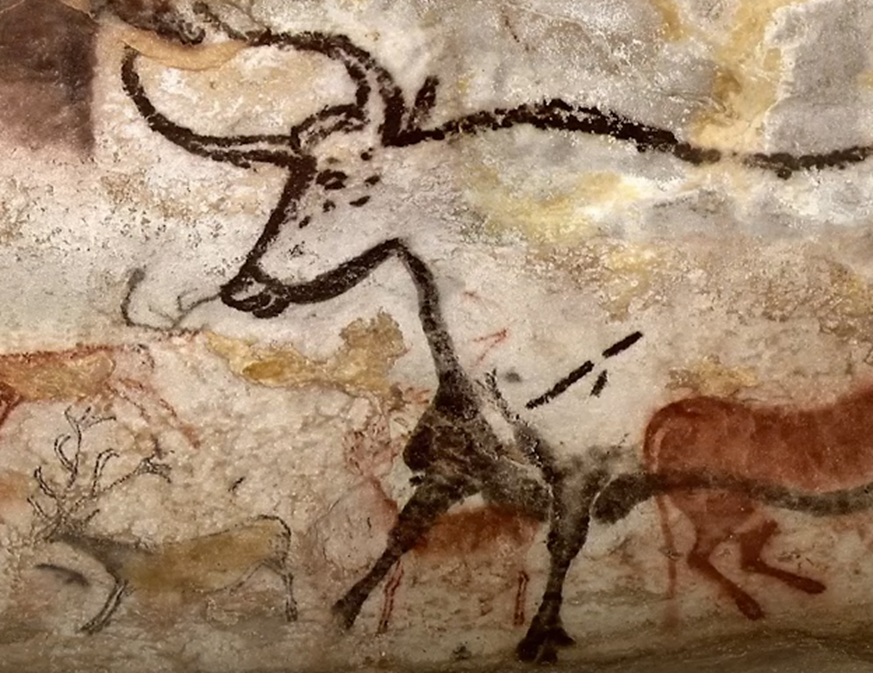 National Geographic, Ice Age Cave Art: Unlocking the Mysteries Behind These Markings (2014)
National Geographic, Ice Age Cave Art: Unlocking the Mysteries Behind These Markings (2014)
Pioneers Of Visual Psychology
Pettitt and Kentridge have long studied the psychology behind early visual culture. Their insights were instrumental in decoding the cave art symbols.
Challenges In Deciphering
Decoding prehistoric symbols isn’t without challenges. The lack of written language from the period makes interpretations speculative, requiring careful analysis.
 Nugroho Arif Prabowo, CC BY-SA 4.0, Wikimedia Commons
Nugroho Arif Prabowo, CC BY-SA 4.0, Wikimedia Commons
Skepticism From Experts
Not all scholars are convinced. Anthropologist April Nowell has questioned some assumptions in the study, such as the interpretation of the "Y" symbol and the practicality of the calendar.
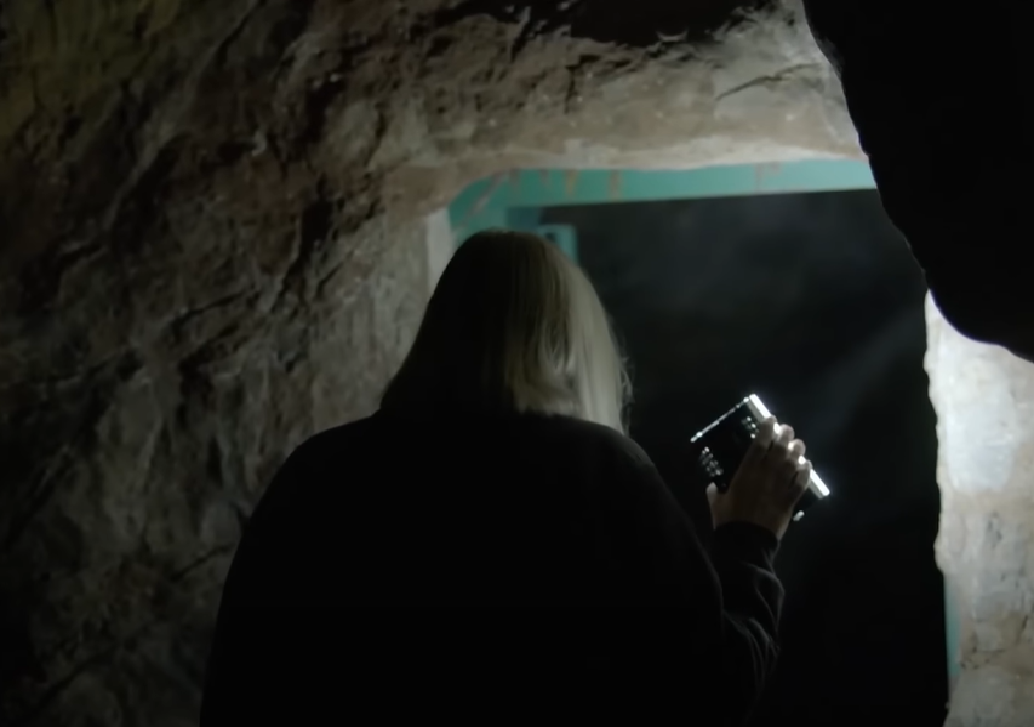 National Geographic, Inventing Graphics on Cave Walls (2018)
National Geographic, Inventing Graphics on Cave Walls (2018)
Responding To Criticism
The researchers acknowledged the need for further evidence but stood by their findings, emphasizing correlations between symbols and known animal behaviors.
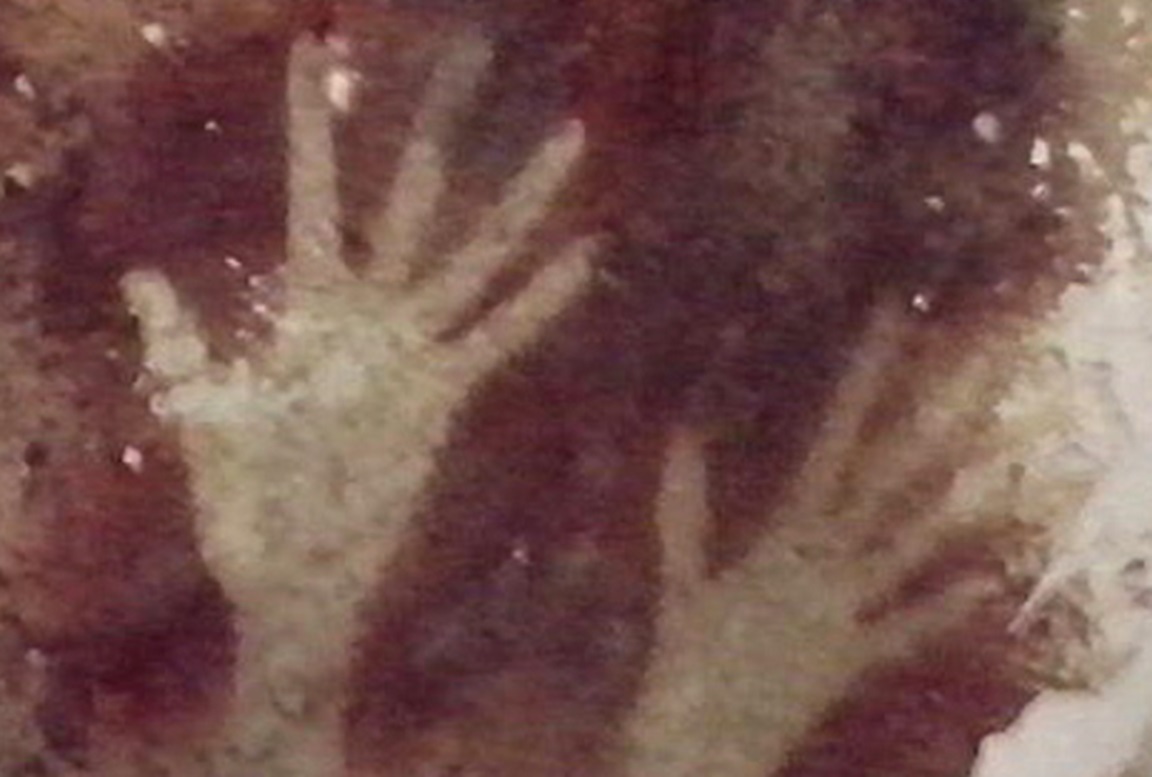 Cahyo Ramadhani, CC BY-SA 3.0, Wikimedia Commons
Cahyo Ramadhani, CC BY-SA 3.0, Wikimedia Commons
An Ancient Mindset
The study revealed that Ice Age people thought much like us, planning for the future and organizing their lives around seasonal cycles.
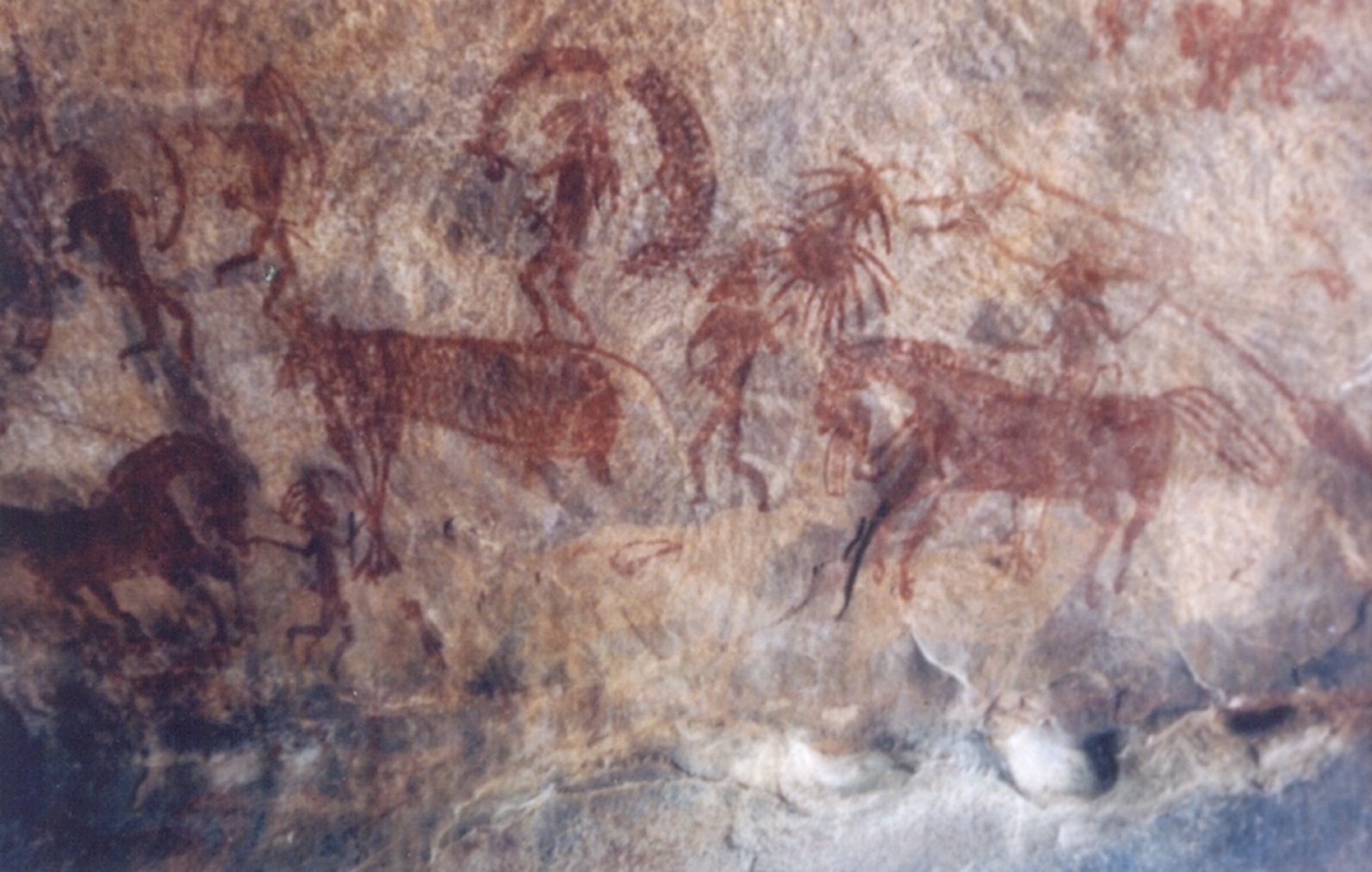 Beao, CC BY-SA 3.0, Wikimedia Commons
Beao, CC BY-SA 3.0, Wikimedia Commons
A Glimpse Into The Past
The markings offer a rare glimpse into the lives of Ice Age hunter-gatherers, showing how they used observation and communication to thrive.
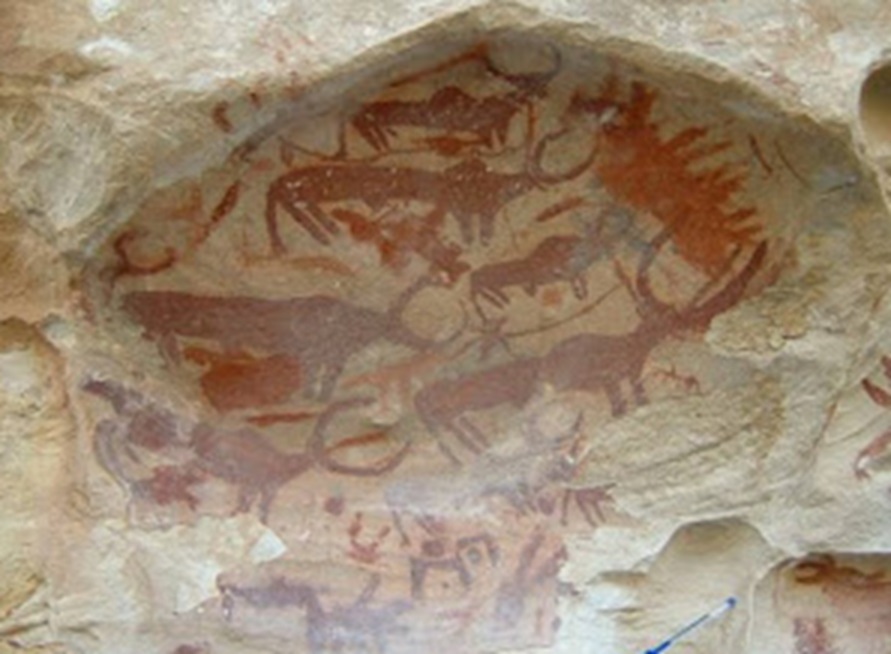 Eritreanfreedomfighter, CC BY-SA 4.0, Wikimedia Commons
Eritreanfreedomfighter, CC BY-SA 4.0, Wikimedia Commons
More Than Just Art
The cave paintings, once thought to be purely decorative, are now understood as functional tools for recording critical information.
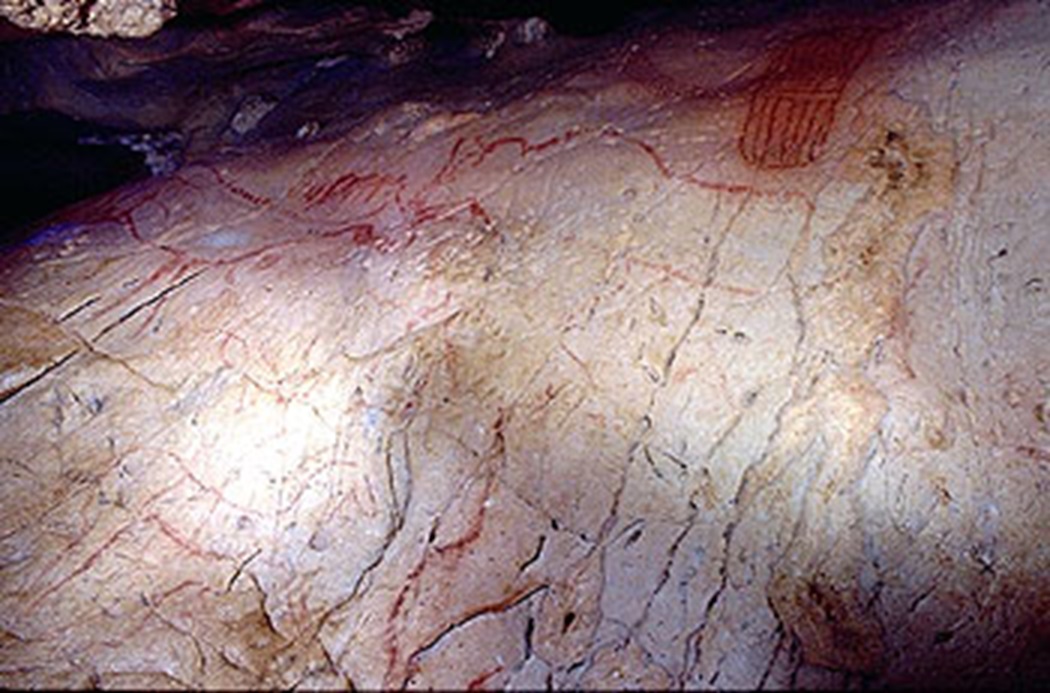 Gobierno de Cantabria, CC BY 3.0, Wikimedia Commons
Gobierno de Cantabria, CC BY 3.0, Wikimedia Commons
Rewriting History
This discovery challenges long-held assumptions about prehistoric people, showing that they were far more advanced than previously believed.
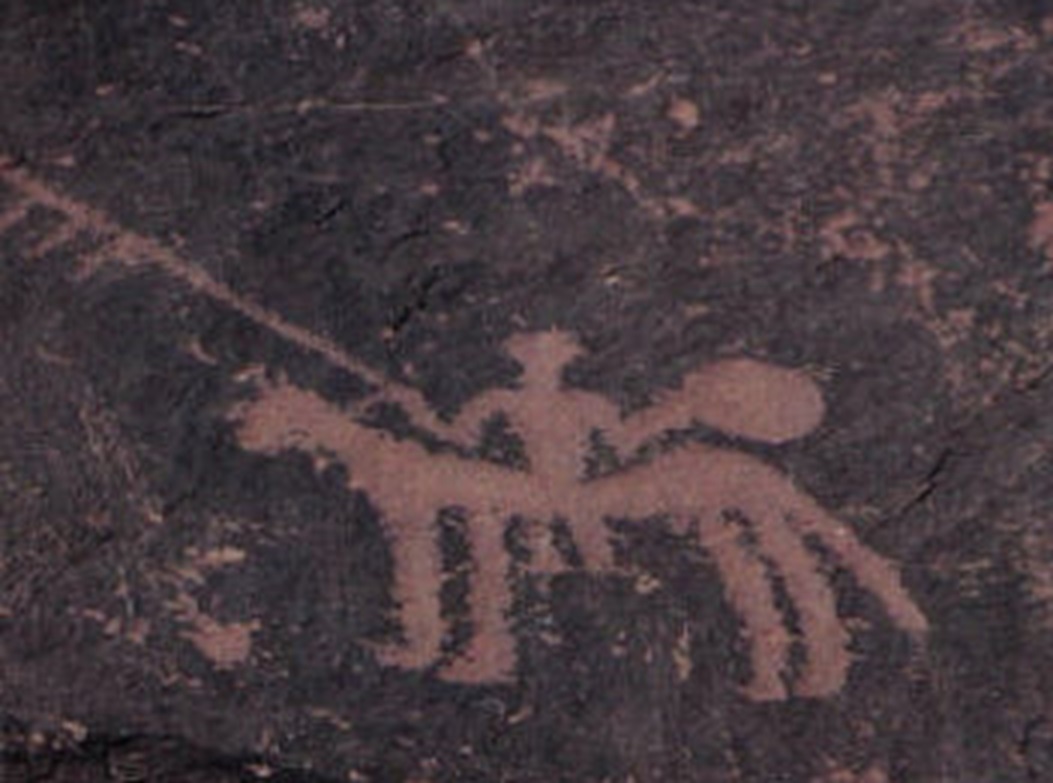 Unknown Author, Wikimedia Commons
Unknown Author, Wikimedia Commons
A Shared Legacy
The markings suggest a level of cultural cohesion among Ice Age communities, hinting at shared knowledge and practices.
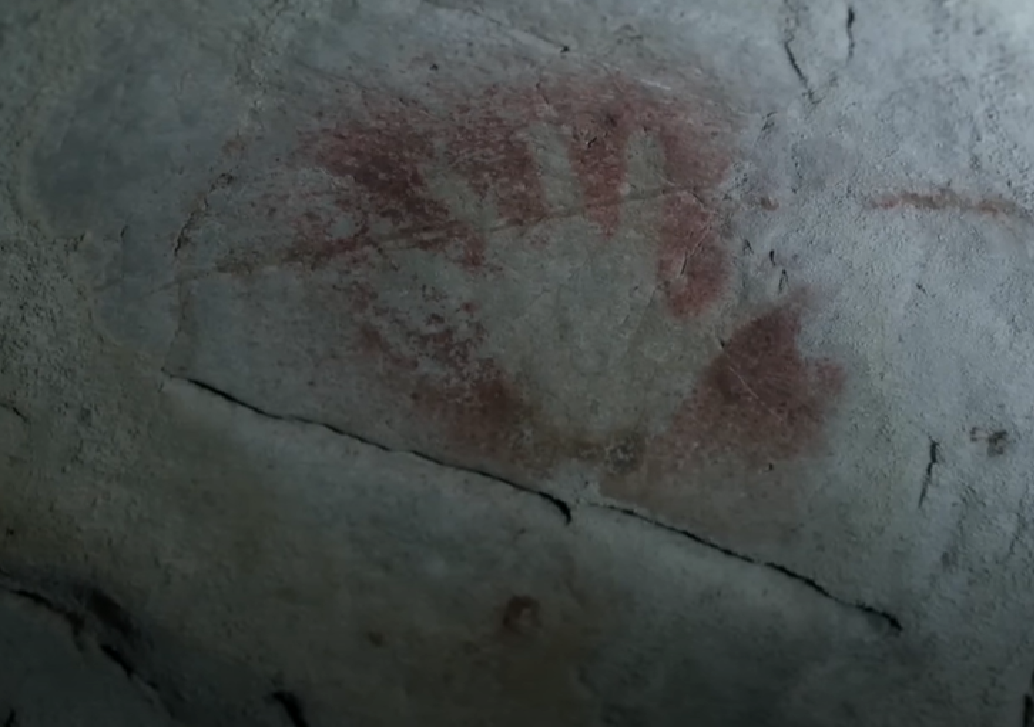 National Geographic, Inventing Graphics on Cave Walls (2018)
National Geographic, Inventing Graphics on Cave Walls (2018)
Implications For Modern Humans
Bacon’s findings remind us not to underestimate the intelligence of ancient humans. Their innovations laid the groundwork for future developments in communication and organization.
 National Geographic, Ice Age Cave Art: Unlocking the Mysteries Behind These Markings (2014)
National Geographic, Ice Age Cave Art: Unlocking the Mysteries Behind These Markings (2014)
The Future Of Research
The team hopes to continue their work, uncovering more about this "proto-writing" system and its significance in human history.
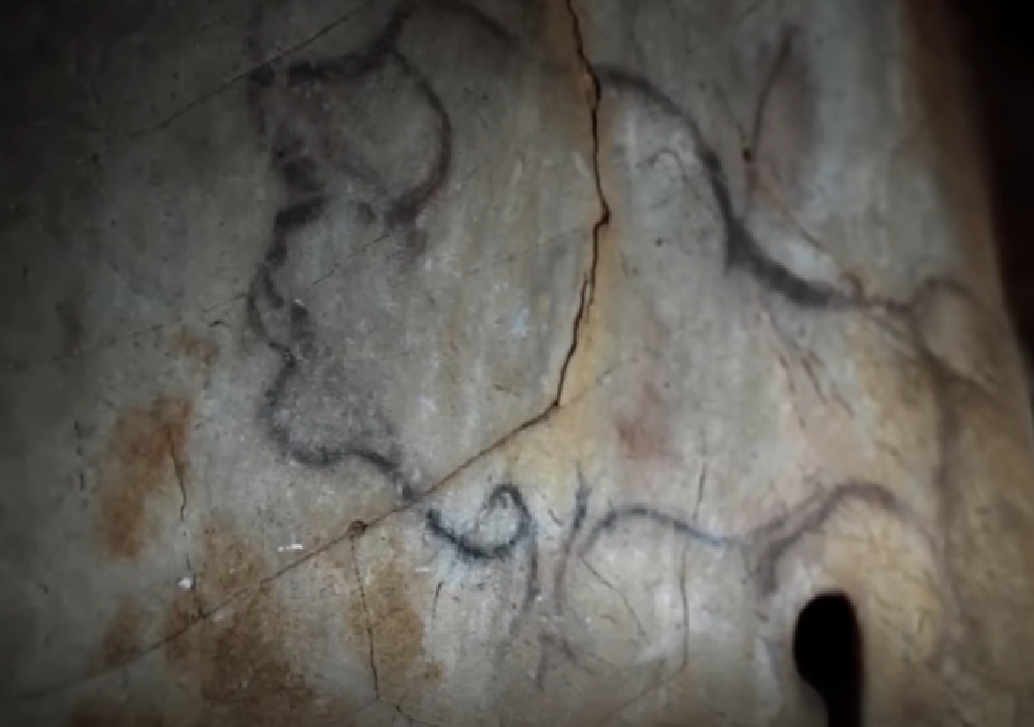 National Geographic, Inventing Graphics on Cave Walls (2018)
National Geographic, Inventing Graphics on Cave Walls (2018)
A Personal Triumph
For Bacon, the experience of piecing together clues from the past to solve a millennia-old mystery was deeply rewarding. Deciphering the markings brought him closer to understanding the minds of our ancient ancestors.
 National Geographic, Cave Art 101 (2018)
National Geographic, Cave Art 101 (2018)
Inspiration For Others
Bacon’s story is a testament to the power of curiosity and determination. It shows that anyone, regardless of background, can contribute to scientific discovery.
 National Geographic, Inventing Graphics on Cave Walls (2018)
National Geographic, Inventing Graphics on Cave Walls (2018)
The Enduring Mystery
While much has been uncovered, Ice Age cave art still holds secrets waiting to be revealed. The story of these symbols is far from over.
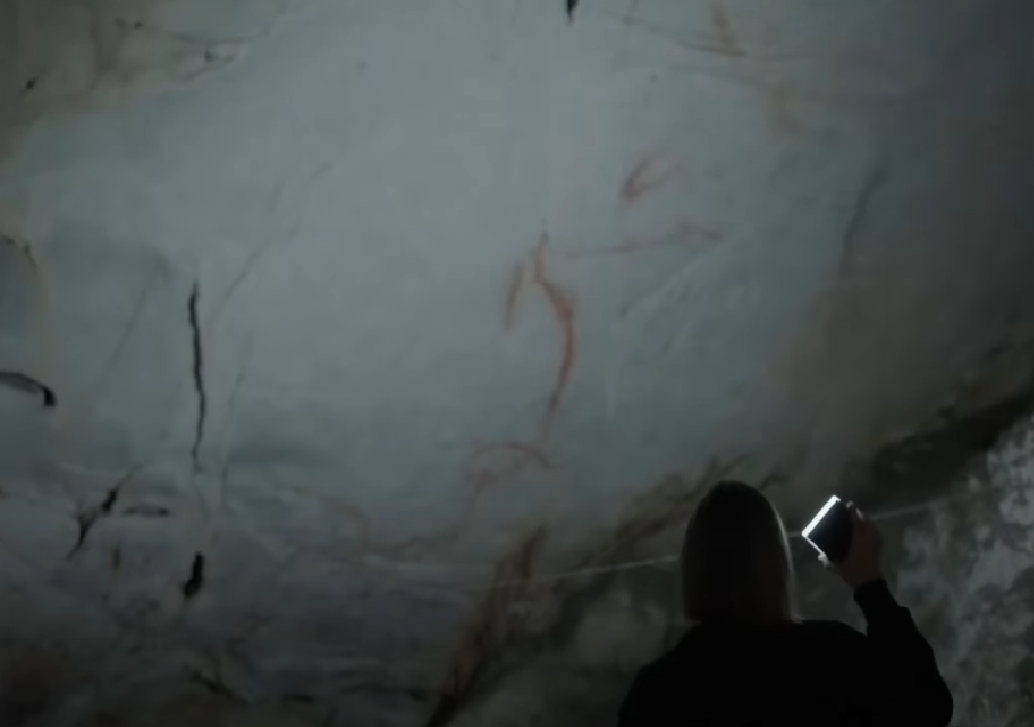 National Geographic, Inventing Graphics on Cave Walls (2018)
National Geographic, Inventing Graphics on Cave Walls (2018)
A New Perspective
The discovery of this "proto-writing" system invites us to view our ancestors in a new light, as innovators and thinkers whose legacy still shapes our understanding of the world today. The Ice Age was a time of survival and innovation, and the decoding of these cave art markings sheds light on the ingenuity of the people who lived it. Thanks to Ben Bacon’s determination and collaboration with experts, we now have a deeper appreciation for the brilliance of our ancient ancestors.

